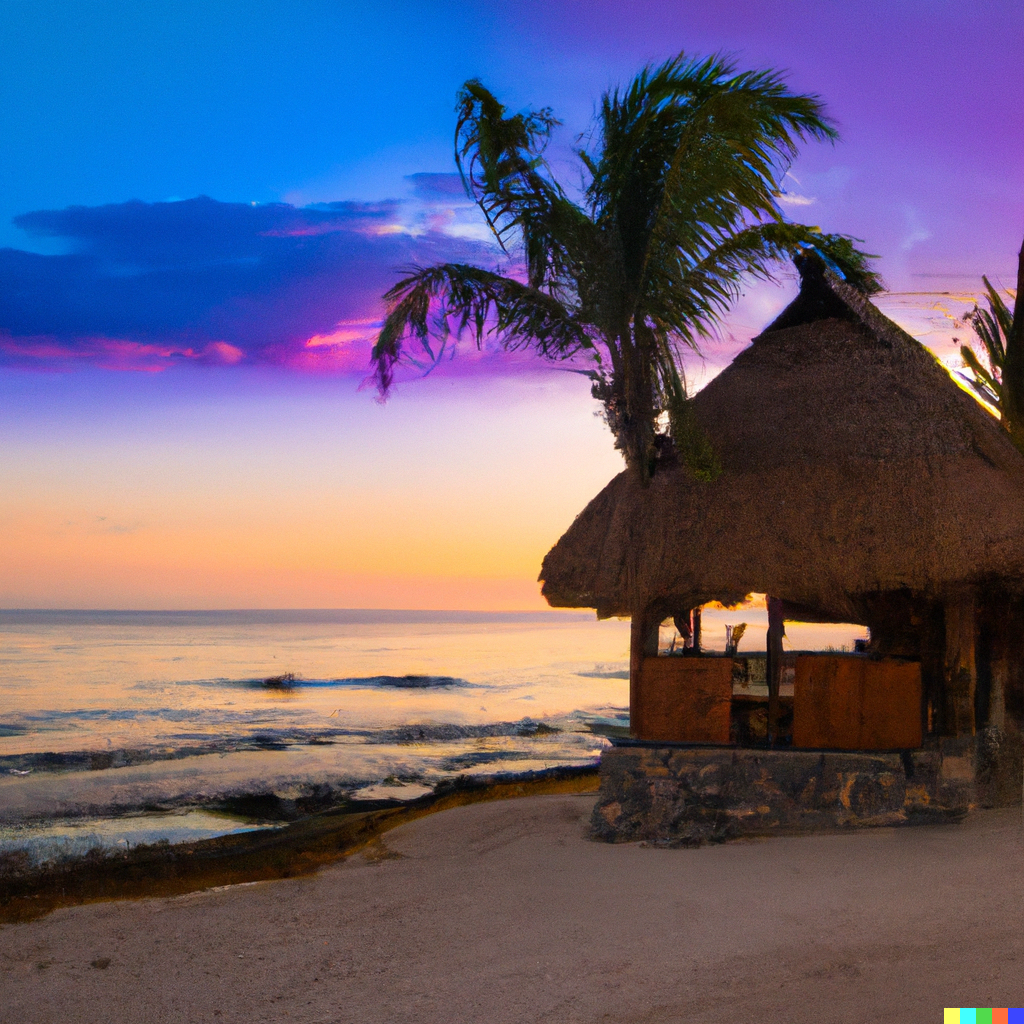Sustainable Eco Resort Design
Sustainability does not have to come at the expense of profitability. In fact, several of the most profitable private island investments and eco resorts embrace sustainable design to boost their bottom line.
Contents
- Environmental Considerations for Indonesian Beach Properties
- Architectural Design Principles for Eco Resorts
- Sustainable Building Materials for Coastal Applications
- Energy Efficiency & Renewable Solutions
- Water Conservation & Management
- Waste Reduction & Management Systems
- Biodiversity Preservation & Enhancement
- Cultural Integration & Community Engagement
- Certification & Compliance Standards
- Financial Considerations & ROI
Environmental Considerations for Indonesian Beach Properties in Sustainable Eco Resort Design
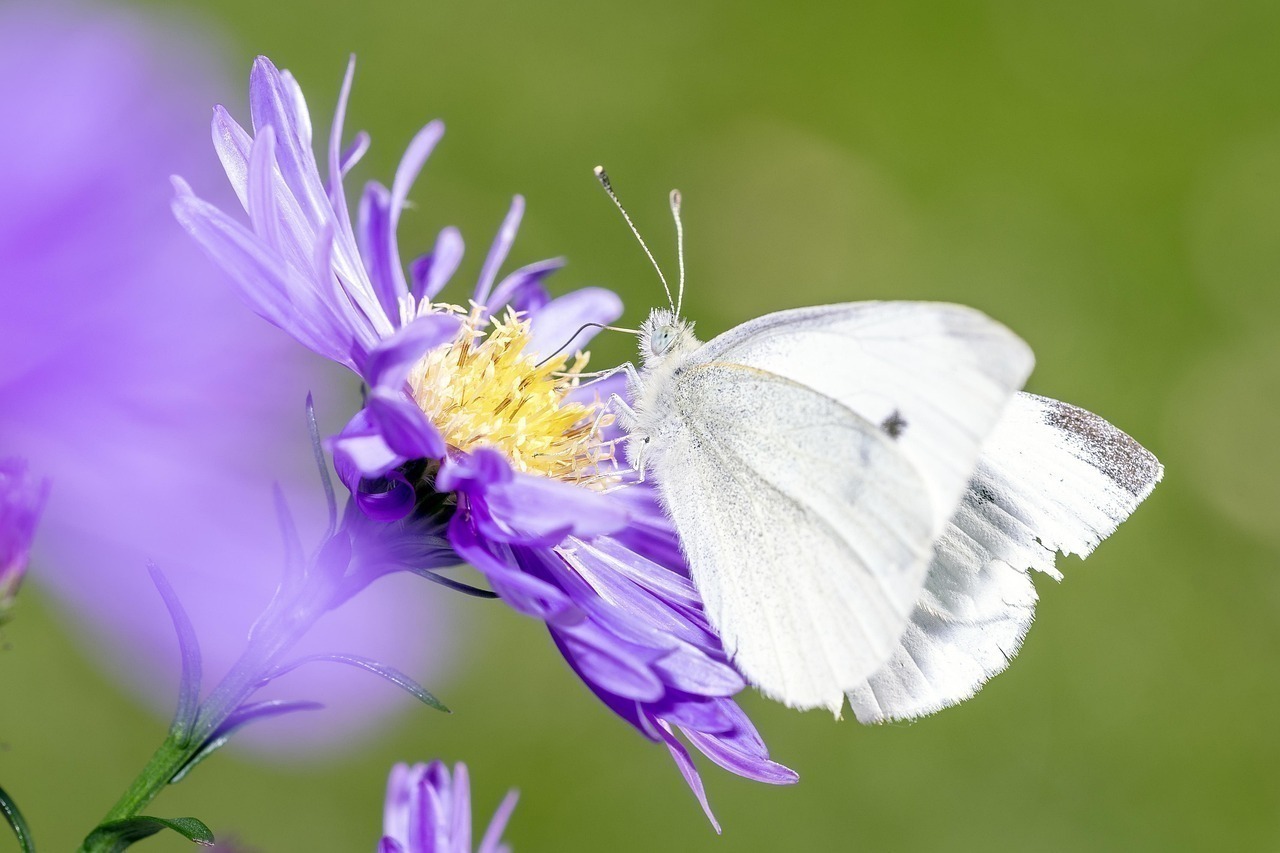
Eco resort Indonesia site: stunning Indonesian coastal habitats
Indonesia’s coastline pulses with life—mangroves, reefs and rare plants create an intricate natural tapestry, anchoring sustainable tourism and Indonesian island protection. By law, thorough environmental impact checks (EIA) must be part of any island project. Cutting corners in these assessments sets you up for legal and ecological trouble—knowledge every developer should keep in mind.
Choosing the perfect location is at the heart of sustainable eco resort design. Many are lured by convenience or postcard views, yet skipping beach conservation Indonesia rules often pushes delicate habitats over the edge. The Indonesian Sustainable Tourism Council recommends keeping a 30 metre buffer above the high tide mark—a must for beach conservation and for making properties last. This is fundamental to sustainable eco resort design best practices for Indonesian beach properties, keeping stays on the bluff leafy and lowering risk from fines or erosion. For standout projects, explore responsible island investments.
Mangroves and coral reefs aren’t just scenic—they shield shores from storms and suck up carbon, vital for each eco resort Indonesia and central to a real sustainable hospitality Indonesia approach. Landowners who lose their coral often see the value drop by up to 20%. Meanwhile, penalties for mangrove loss (reaching up to IDR 10 billion or £500,000) make it clear: environmental care and marine defence aren’t optional extras.
Sustainable eco resort design means working with the quirks of every locale. The sprawling western islands differ from the sharply rising east. Clever green resort design Indonesia weighs things like:
- Flooding, drainage patterns and storm surges—closely watched in Indonesia eco tourism
- Old records of tsunamis and floods (these matter for smooth resort running)
- Native plant life (great for natural food gardens and organic protection)
- Where endangered wildlife live, so you can keep environmental harm low
- Sea level forecasts, guarding today’s investment for the next generation
Eco resort Indonesia builders, don’t take shortcuts. Rules get tougher every year. Sustainable tourism standards need better site management—with permits, helpful alliances and original thinking. See KEPRi Estates’ private island services for checking locations and managing future-proof projects, both at the heart of sustainable eco resort design best practices for Indonesian beach properties.
Architectural Design Principles for Eco Resorts: Sustainable Eco Resort Design Focus
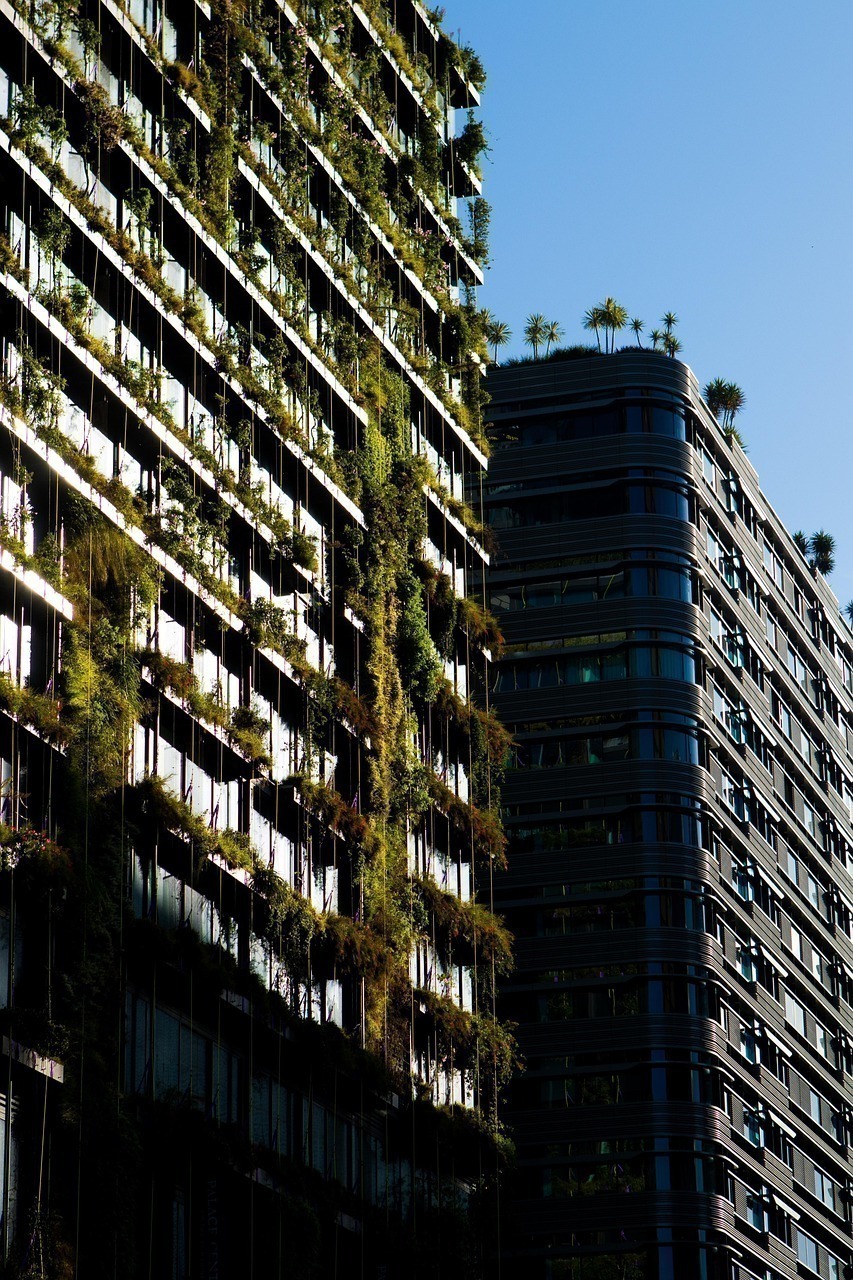
Thoughtful green resort design Indonesia: Breezy comfort and building traditions
Bland “one size fits all” options pale beside eco resort Indonesia standouts that draw on sustainable eco resort design best practices for Indonesian beach properties. Cosy designs that weave in local traditions and craftsmanship (yet modern where it counts) gave rise to places like Bali’s Ulaman Eco Luxury Resort. These are examples of how regional pride meets forward-thinking green architecture.
Passive cooling—a classic energy smart approach—sits at the centre of every lasting Indonesian eco resort. Soaring ceilings, windows that catch passing breezes and buildings set just so can slash cooling needs by 40%. Traditional forms like Javanese joglos and Balinese bales have shaped worldwide green thinking for many years.
Buildings raised on stilts remain essential for eco resort Indonesia on flood prone ground. This sits with the Tourism Ministry’s three-metre elevation code, now standard for eco friendly accommodations Indonesia. It keeps critter corridors open, natural water flowing and helps tick insurance boxes too—an understated win for sustainability.
Flexible resort layouts are gold here. Top green resort design Indonesia projects cluster structures, preserve the natural grades and let older trees stand, granting both guest privacy and a boost to local species. Bawah Reserve made a bold mark by leaving 97% of its native forest untouched—a huge win for Indonesian island conservation.
Travellers want smart, climate-checked comfort in sustainable hospitality Indonesia. Here’s a flavour of how traditional tricks meet modern tweaks:
| Design Element | Traditional Application | Modern Adaptation | Sustainability Benefit |
|---|---|---|---|
| Overhanging eaves | Minangkabau homes | Roofs prepped for solar, deep shade | Makes gear last longer, minimises heat |
| Elevated flooring | Rumah panggung (stilt houses) | Modern composites on posts | Prevents erosion, keeps things cooler |
| Courtyard design | Open central area for gatherings | Leafy gardens plus water lawns | Natural cooling, calm shared spot |
| Permeable walls | Bamboo or rattan screens | Sliding timber or sustainable panels | Ventilation plus privacy |
Sustainable eco resort design best practices for Indonesian beach properties gently blend buildings with the scenery. Capping resorts at native tree height (usually 12–15m), favouring local stone and letting lush greenery bloom, gives visual harmony and keeps the mood right—no harsh monoliths in sight. Flick through Instagram for clever green resort design Indonesia ideas in real life.
Sustainable Building Materials for Coastal Applications in Green Resort Design Indonesia

Building wisely: Bamboo now leads in green resort design Indonesia
Every piece of construction in eco resort Indonesia shapes how green the final result actually is. Eco friendly building materials really do affect long term damage (or delight). Sustainable eco resort design best practices for Indonesian beach properties point to bamboo (fast growing and better for the climate), old timber, and volcanic ash-mixed concrete for smart green resort architecture. Grab more detail on the services page with stories on sustainable material finds for real resorts.
Bamboo’s fast growth, bendiness and knack for capturing carbon make it the go-to for sustainable hospitality Indonesia. Treated using natural methods, it beats many hardwoods and softwoods in eco resort Indonesia, matching green resort design Indonesia needs. When developers use certified sources from the Indonesian Reclaimed Wood Association, it removes doubt, keeps supply chains clear and helps stop hidden deforestation—so no greenwashing in sight.
Wet salty air eats away at buildings, so protection near the sea pays off. Pouring concrete with local volcanic ash boosts its toughness by 60%, truly handy for sustainable eco resort design. Layering alang alang grass on roofs doesn’t only offer insulation—it helps rural communities and keeps resorts looking the part, wrapping function and tradition together for sustainable eco resort design best practices for Indonesian beach properties.
What makes a smart material choice in green resort design Indonesia?
- Go regional or hyper-local (it shrinks emissions and keeps things real)
- Stick to renewable, reclaimed or verified eco friendly building materials
- Choose non-toxic finishes tough enough for coast life
- Seek hardy materials for full-on sun, sea spray and sweaty humidity
- Design for things to be reused, sent back or composted where possible
Looking after what you build matters for the long haul. Schedule simple bamboo oiling, check thatch and recoat wood early on. With sustainable eco resort design best practices for Indonesian beach properties, expect materials to last 30–50% longer and your running bills to drop, vital for sustainable resort management. (Don’t forget the odd spelling slip here—Indonesian’s “neigbouring” islands are worth exploring.)
Energy Efficiency & Renewable Solutions: Advanced Approaches for Eco Resort Indonesia
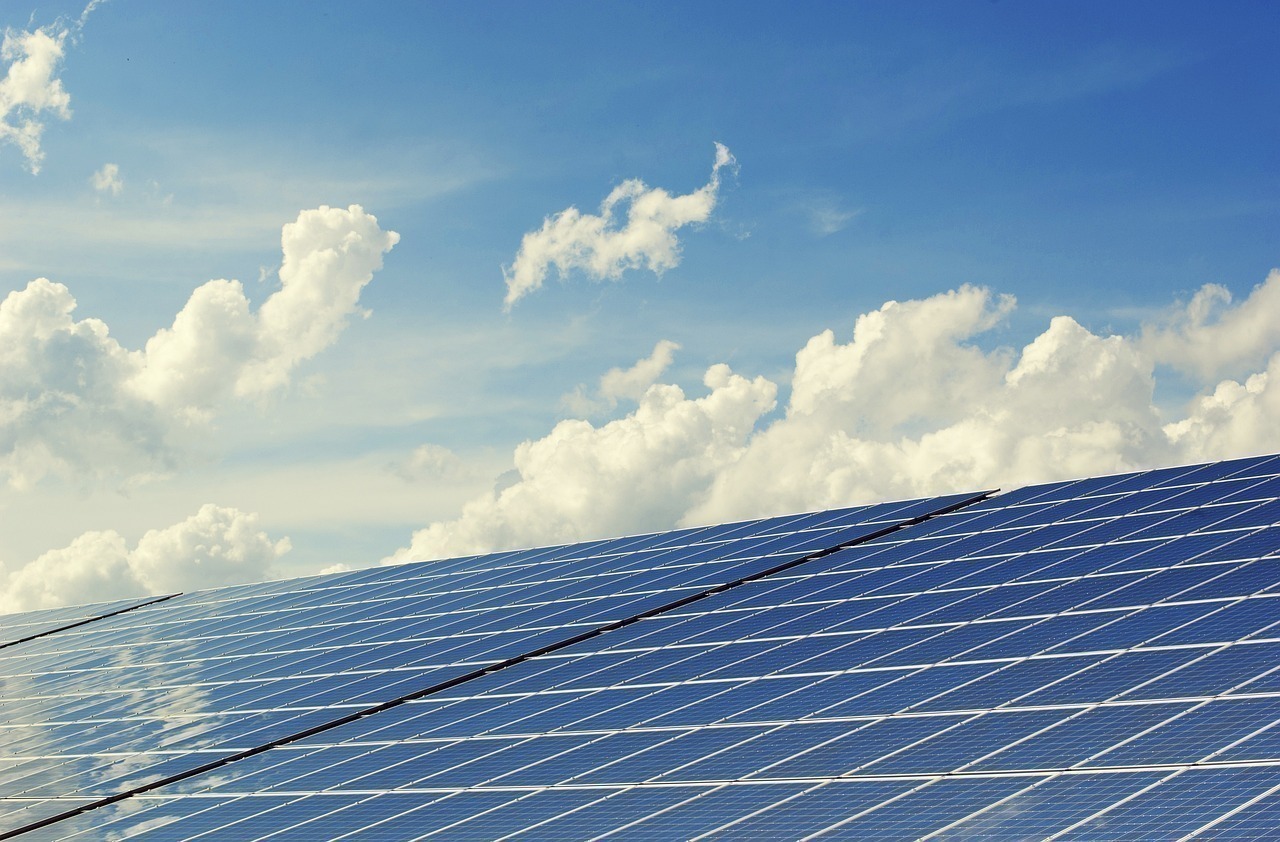
Renewable energy: Solar decks top many green resort design Indonesia projects
Reliable power is a top concern in sustainable eco resort design best practices for Indonesian beach properties. Many eco resort Indonesia ventures battle shaky grids—so designing for true off-grid life, using renewable energy resorts tactics, is essential. Indonesia brims with sunlight. Solar is miles ahead as the heart of energy efficient resort design. For clever updates, wander over to KEPRi’s Twitter.
Solar power brings short payback times (often five to seven years), helped by shrinking installation prices. Bifacial panels, catching extra rays, squeeze more out of each watt—a real edge for sustainable island projects. Mix in batteries or wind where you can, and you’d hardly notice any blackouts. This forms part of eco resort design wisdom for nailing renewable energy resorts choice.
How do energy bills add up in eco resort Indonesia—and what measures really slice costs?
| Energy Use Category | Typical Percentage | Efficiency Measures | Potential Savings |
|---|---|---|---|
| Cooling/Air Conditioning | 35-45% | Clever fans, passive design, insulation | 30-40% |
| Water Heating | 15-20% | Solar heating, heat pumps | 70-90% |
| Lighting | 10-15% | LEDs, sun pipes, smart sensors | 50-70% |
| Kitchen Operations | 15-20% | Efficient cookers, induction, biogas | 25-35% |
| Pools/Spas | 5-10% | Good pumps, covers, solar warmth | 40-60% |
| Other | 5-10% | Smart controls, sub meter use | 15-25% |
Indonesia makes things easier with greener tax rates for solar and wind installs. With a savvy blend of sustainable eco resort design best practices for Indonesian beach properties alongside these perks, building a green resort design Indonesia is a solid—often safer—business choice.
Water Conservation & Management: Sustainable Island Project Tactics
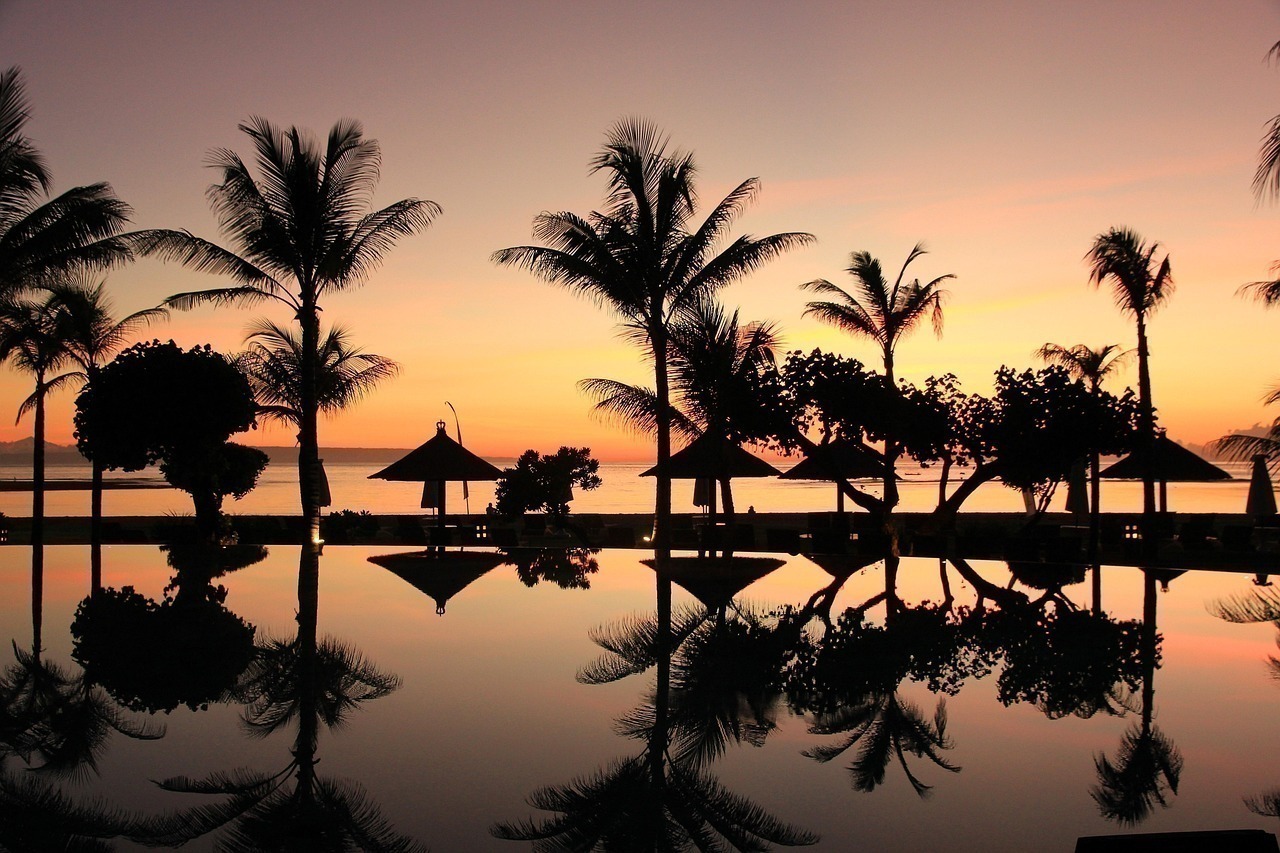
Smart water management: Rain capture systems at eco resort Indonesia escapes
Water is precious, sometimes the limiting factor for sustainable eco resort design best practices for Indonesian beach properties. Some coastal islands simply don’t have lasting fresh water supplies. Without careful management, resorts cop fines, dry spells or worse – and that’s especially true as eco resort Indonesia numbers grow.
Catching rain—now a core green resort design Indonesia aim—can trap hundreds of thousands of litres each year. Good tanks and well-designed catch systems underpin sustainable resort success. Recycling greywater, often with filter beds or small reed wetlands, pumps life in to organic gardens, shrinks usage and dresses eco friendly accommodations Indonesia in green. To see things in motion, hop over to the YouTube channel.
Saltwater in? New solar-powered desalination opens up sustainable eco resort design for out-of-the-way sites. Pair up efficient showers, dual flush toilets, water wise taps and leak tracking—these techs chop both bills and damages (and are actually quite fun to explain to guests—try it!).
Landscaping at eco resort Indonesia does best with plants suited to dry spells—turf shipped from overseas wastes water. Try local biopori trenching to channel stormwater and back organic food growing. By law, new resort design Indonesia builds must now prove they can stand on their own with water. Nail this and you’ll bag the “Blue Tourism” mark—and see eco tourism draw jump by up to 15%.
Your essential water kit:
- Showers under 5.7L/m, with regulated flow
- Compost or two-stage toilets
- Low flow, bubbly taps
- Greywater irrigation for all gardens
- Always-on leak sensors
Waste Reduction & Management Systems: Heart of Sustainable Hospitality Indonesia
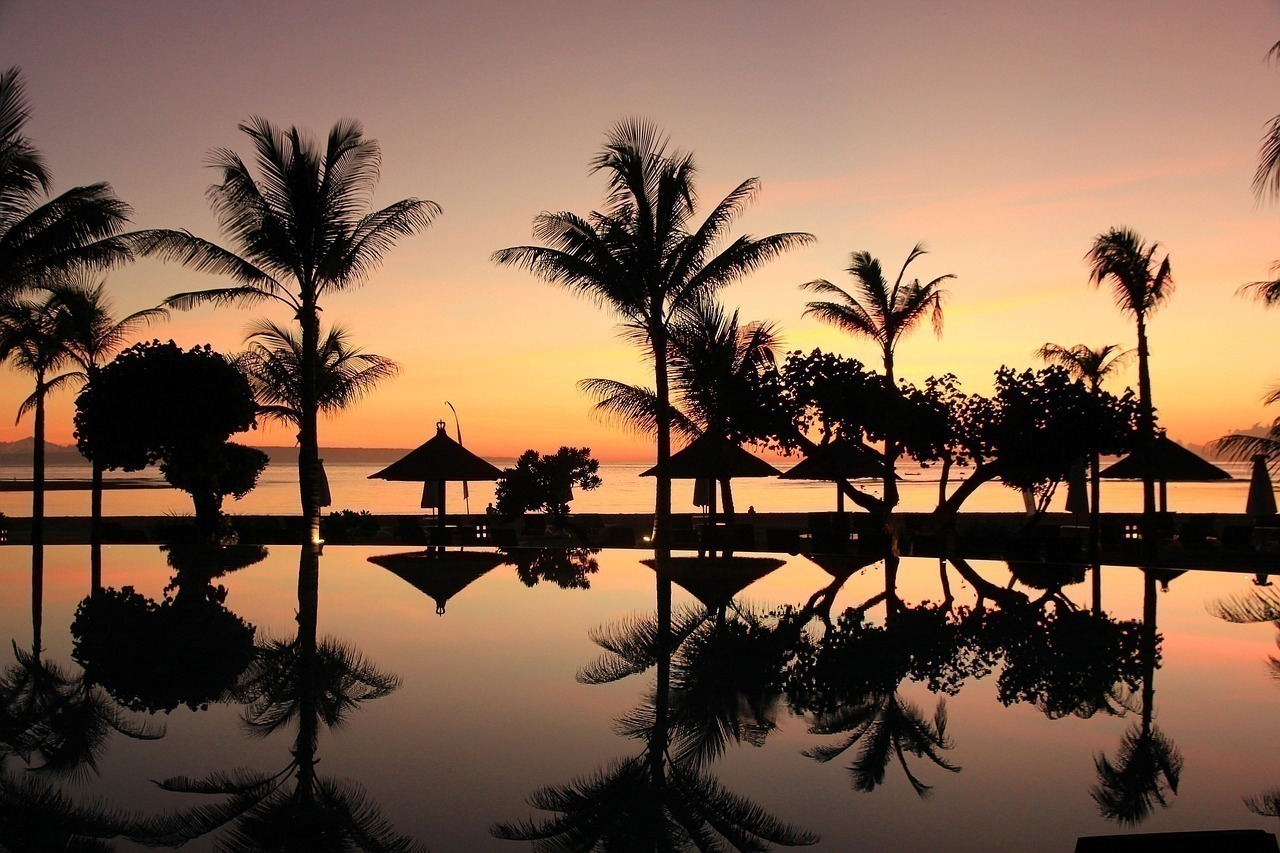
Waste turned resource: Compost turns resort scraps into new rich soil
Sustainable eco resort design best practices for Indonesian beach properties eye a future with as little waste as possible across eco resort Indonesia. On smaller islands, waste quickly piles up, so proper strategies and impact cuts are key. Ditching single-use plastics, recycling all you can, and getting creative with leftovers form the backbone of sustainable hospitality Indonesia—making operations both affordable and clever.
Banning plastic, opting for glass, cloth, plant wraps and true biodegradable bottles is now everyday at standout green resort design Indonesia properties. Composting—especially sealed or efficient systems—turns kitchen and garden scraps into precious soil for resort food beds, quietly upping organic farming.
Tough items to recycle? Team up with local groups. Initiatives like Lombok Recycling Association are proof that sustainable eco resort design best practices for Indonesian beach properties feed jobs at home and keep dumps smaller.
Salvaging is almost a sport: at least 80% of site leftovers should dodge landfill. Spoilt concrete gets reused, extra wood becomes mulch, bamboo scraps are saved—these are badges of real Indonesian eco resort innovation.
Bring guests on the journey: straightforward signs, friendly reminders and a resort vibe that supports effort keep everyone involved. Independent confirmation (from names like the Indonesian Plastic Action Partnership) helps shout your green credentials. For help, see KEPRi for ready-made answers that work.
Biodiversity Preservation & Enhancement in Sustainable Eco Resort Design: Best Practices for Indonesian Beach Properties

Marine protection: Coral projects border many eco resort Indonesia retreats
Sustainable eco resort design best practices for Indonesian beach properties mean taking a strong hand with marine and wildlife care. Travellers want real, wild encounters, and properties in our curated islands excel at threading Indonesian island protection into five-star hospitality Indonesia.
Every sustainable island plan begins with a biological sweep. Cataloguing plants and animals makes recovery work possible and is the rock beneath sustainable resort operations. Liaising with charities like the Indonesian Biodiversity Foundation helps tick local laws and keep up with world standards.
Setting “no fishing” patches can double fish numbers within two years, swelling diving and snorkel earnings. Giving over big stretches of strand to hands-off management is the signature of sustainable eco resort design best practices for Indonesian beach properties, a genuine perk for each green resort design Indonesia.
Money spent on coral repair, new mangrove shoots, and turtle watches creates careers, brings guests right into the action, and lets protection mean something. Building reef balls and safe havens for damaged reefs links marine work to strong operations. Here’s what you might try on your patch:
- Guests helping with coral planting
- Planting new mangroves at the water’s edge
- Watching over turtle hatchings
- Nurturing rare local seedlings
- Dropping safe reef structures for wildlife
Night lighting rules help nature thrive: amber bulbs, short pathway lamps and full blackout curtains protect turtle and animal habitats on eco resort Indonesia. Add guest chats about how sustainable eco resort design best practices for Indonesian beach properties keep local creatures healthy. Now, properties over five hectares must set out plant and animal plans—both a duty and a neat chance to do new green resort design Indonesia things. Check our portfolio for what’s possible.
Cultural Integration & Community Engagement: Sustainable Eco Resort Design Best Practices
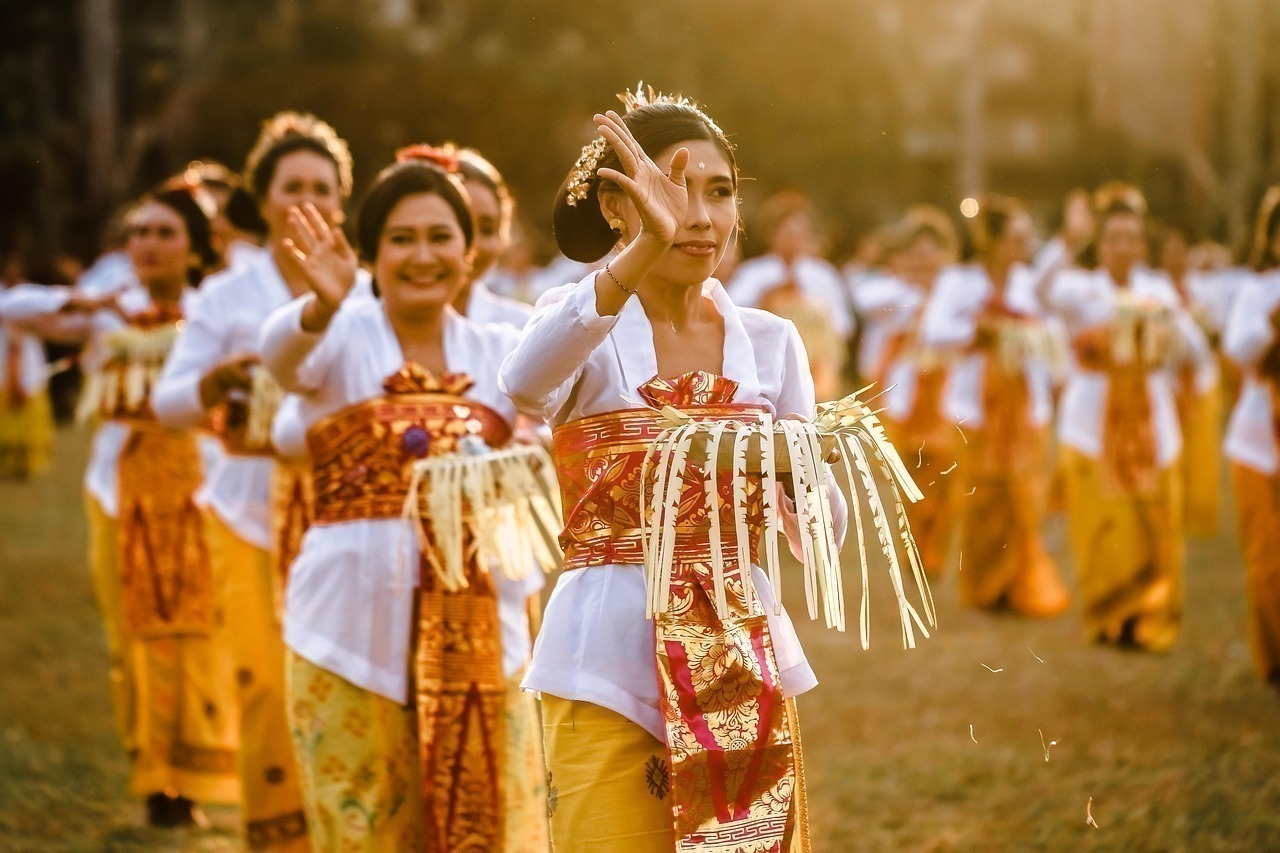
Community up close: Local artisans breath soul into eco resort Indonesia interiors
The most lasting sustainable eco resort design—and especially the best eco resort Indonesia—relies on true community outreach and deep, honest cultural understanding. Investing in local long-haul relationships, not token interactions, gives resorts their edge and lifts Indonesian eco resort ideas to life.
Skip overdone “tropical” cliches and work alongside real artisans or universities for interiors pulsing with real spirit. Getting help on culture-first design for sustainable hospitality Indonesia is easier than ever, lending unmatched pride to your project. Early choice of local supplies (30% or more) brings tax perks and a valuable head start on certifications.
Providing jobs counts. Top projects hire mostly locals (often 70–80%), offer on the job training through the Indonesian Hospitality Training Initiative and grow team skills—again, cornerstones in any strong island plan. Sustainable eco resort design best practices for Indonesian beach properties share skills, lifting everyone for the long run.
Genuine cultural connection brings spontaneous moments: dropping in on village life, hands-on cooking days with local chefs, time with village craftspeople, and invitations to traditional events. Opening the doors to guests in this way gives memories that linger and keeps traditions alive. Best ways in are:
- Guest chef nights with locals in charge
- Live craft demos with true artisans
- Guided village visits (with permissions sorted)
- Access to real ceremonies
- Community guided intros for all guests
Dedicating even a small portion of profits (say, 1–2%) to community-led projects pays off both for staff and visitors, making stays memorable and supporting long futures. Do it by the book: draw up land terms, stay out of sacred spaces, and ask the Ministry of Maritime Affairs to mediate if you need backup. For up-to-date projects, check Twitter for real world case studies on working with the community.
Certification & Compliance Standards for Sustainable Eco Resort Design
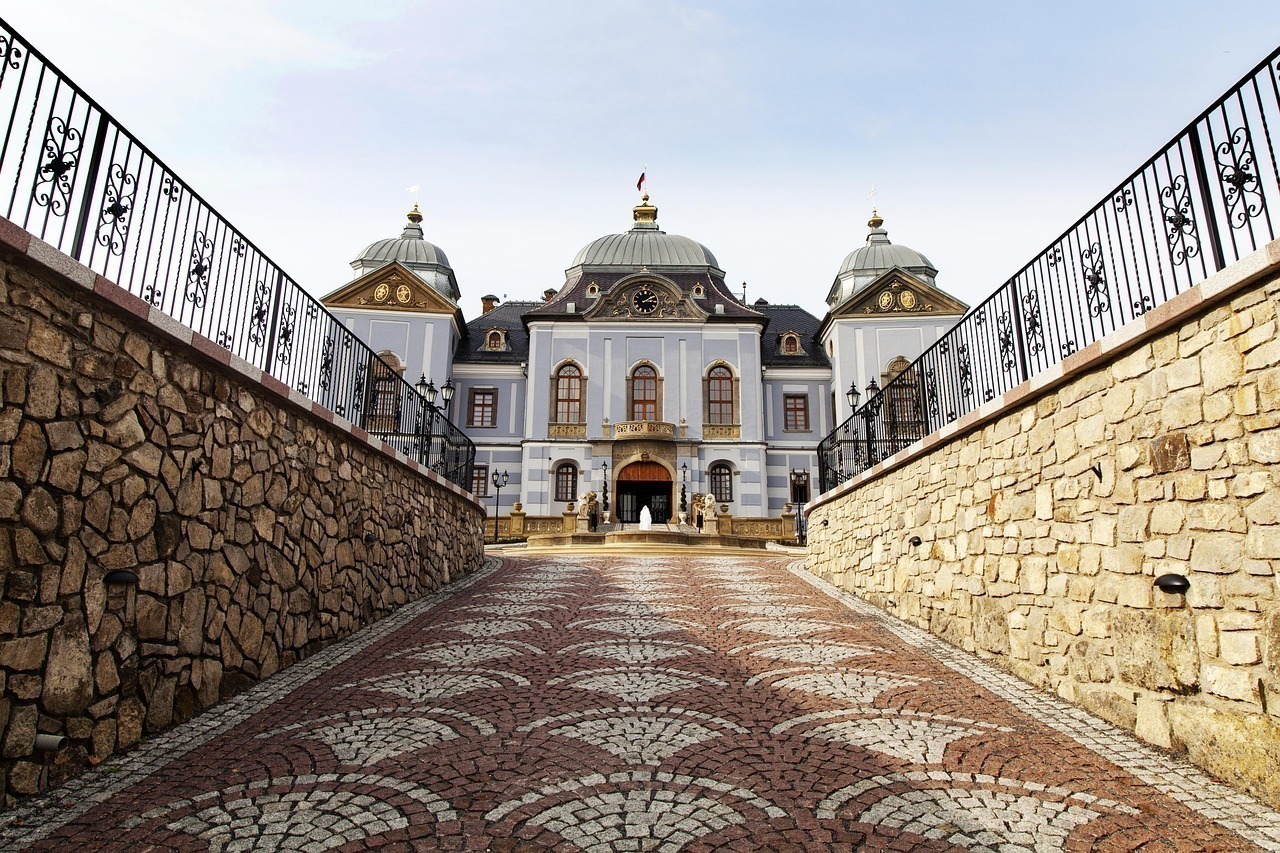
Certainty matters: Earning certification for sustainable eco resort design Indonesia
Getting certified is part of the puzzle for sustainable eco resort design best practices for Indonesian beach properties. The right eco stamp means trust grows, fewer headaches from red tape, and better bookings for eco resort Indonesia venues. Want proof in action? Flick through the ArchDaily piece on green resort design Indonesia.
ISTC (Indonesian Sustainable Tourism Certification) meets both world targets and local quirks, opening doors for campaigns and tax breaks. International stars like EarthCheck, Green Globe, Blue Flag or LEED/EDGE draw foreign guests and put weight behind sustainable eco resort design, spreading trust beyond borders.
Which to pick? Here’s a short chart:
| Certification | Focus Areas | Recognition Level | Approximate Cost |
|---|---|---|---|
| EarthCheck | All-around green building and running | High (Asia Pacific) | IDR 50–100M/year |
| Green Globe | Tourism and planet care | High (Global) | IDR 75–150M/year |
| Blue Flag | Beautiful beaches, water checks | Very High (Europe) | IDR 30–50M/year |
| LEED/EDGE | Building codes that are planet-friendly | Medium (Design) | IDR 100–300M (one-off) |
Getting a certificate doesn’t replace following Indonesian rules—on site choices, water, critters or local workers. Keep written proof from day one. Checkpoints that matter:
- Full EIA/AMDAL checks up front
- Strong buildings, ready for wild weather
- Keeping buildings away from the tide
- Licensed water use and waste care
- Fair pay and safe working for all
Money spent on certification comes back fast. Certified eco resort Indonesia gets 18% more per night, and keeps rooms filled in the slow months. For advice on any certification or for new ideas in sustainable eco resort design best practices for Indonesian beach properties, reach out to the services team for current info.
Financial Considerations & ROI for Sustainable Eco Resort Design: Best Practices for Indonesian Beach Properties
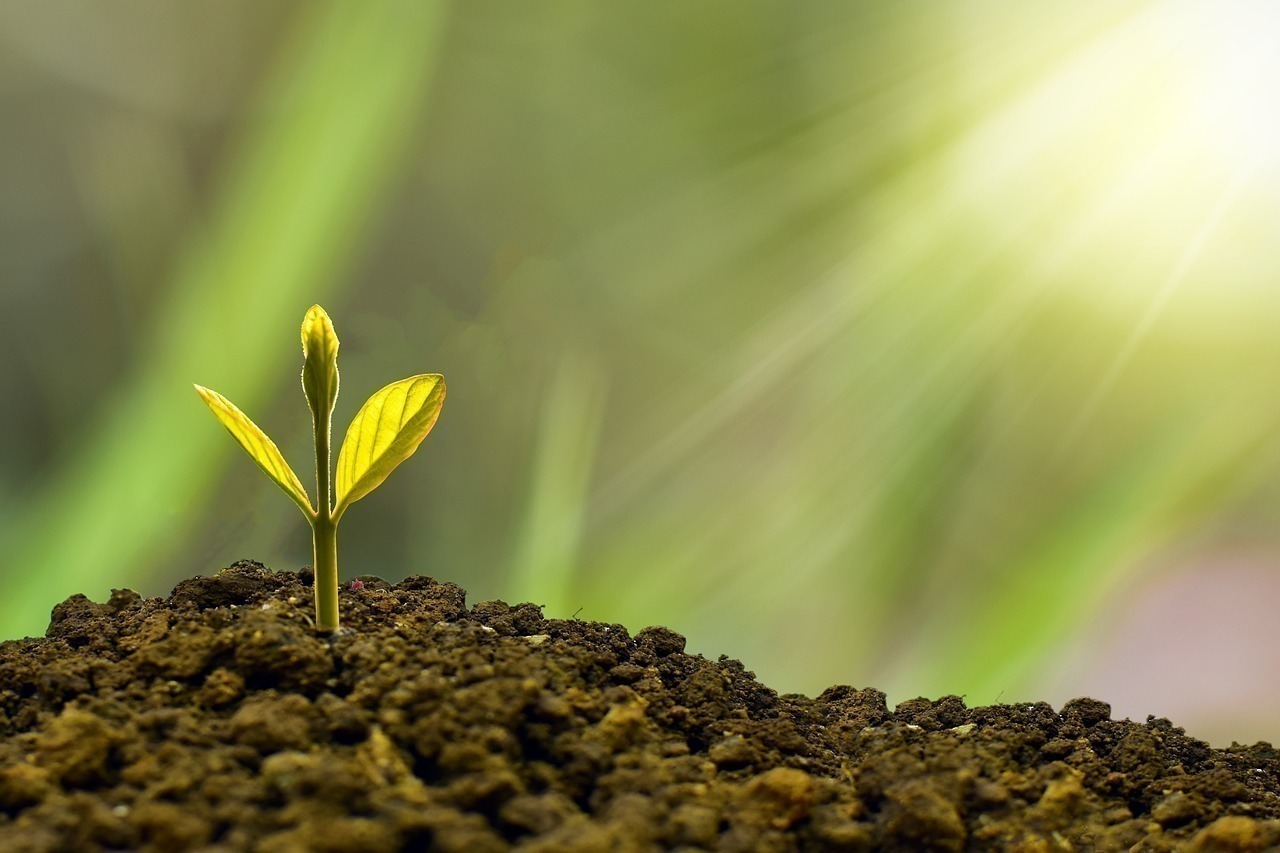
Resort maths: Calculating outcomes on sustainable island projects
For those funding or running projects, the big question: Is sustainable eco resort design best practices for Indonesian beach properties a smart use of funds? The simple answer: Yes. Properties following eco resort Indonesia standards often cost 8–15% more to start—mainly from buying better materials and working in far-off places. But, as more skilled locals and suppliers jump in, this difference is shrinking on each new green resort design Indonesia.
After opening—here’s where the business case stands tall:
- Power bills down by as much as 40% by leaning on the sun or wind
- Smart water set-ups cut water by half
- Rubbish costs fall two thirds due to clever waste tricks
- Less team churn—down by 25% thanks to happy workplaces
- Upkeep costs a bit high early, but dropping in time
Eco resort Indonesia operators are smashing it on price and bookings. Surveys say eco-certified hospitality Indonesia venues charge 25–35% more per night while filling beds off-peak, all thanks to strong Indonesia eco tourism efforts and real value for money.
On the money front, big lenders like Bank Mandiri and international green funds (including IFC) lend friendly terms or funding for sustainable eco resort design best practices for Indonesian beach properties. Insurers trim premiums up to 15% for builds that stand up to storms and floods—helping green resort design Indonesia go the distance.
What do the numbers come to? Most small to mid-sized eco resort Indonesia sites (think 10–30 rooms) are in the black after two or three years, with full returns on all money spent in 7–9 years. Larger, trickier eco resort projects match these returns further out. Extra care for habitats, like restoring coral or forests, adds value for when you decide to sell. For latest examples, follow us on Instagram.
Sustainable Eco Resort Design: Best Practices for Indonesian Beach Properties – Key Takeaways
Sustainable eco resort design best practices for Indonesian beach properties is more than a buzzword—it’s what underpins the best eco resort Indonesia outcomes. Each step, from picking your patch to proper team training, helps build both money sense and a lighter touch, while handing guests something unforgettable. By sticking to these best practices, green resort design Indonesia leaders are able to offer long-lasting returns and a positive, clear legacy for the earth.
Protecting the planet is not just a virtue but good business, especially across Indonesia’s eco resort projects. The way you set up solar power, turn rubbish into a resource, or manage every drop of water, quickly pays off. These actions help your brand stand out as a real innovator for planet-first islands, while building lasting trust from guests and officials alike.
Leaning into real local connection and celebrating culture makes any eco resort Indonesia a must-visit. It’s real partnerships that offer the solid base for sustainable hospitality Indonesia and help put these resorts a cut above the rest (and trust me, guests notice).
With a hunger for eco friendly accommodations Indonesia that doesn’t slow down, proof and openness keep green resort design Indonesia jobs ahead of the pack. Stick to sustainable eco resort design best practices for Indonesian beach properties and you not only get healthy growth, meet every rule, and build that loyal guest base—but you’ll sleep very well at night.
Keen to start your journey or need tips for green resort design Indonesia? The KEPRi Estates sustainable team is keen to guide you. Drop us a line at [email protected] or skim our resource centre for advice on eco resort design principles, ways to connect with the locals, and all the freshest Indonesian eco resort ideas.
References
- [1] & kepriestates.com homepage
- [2] & KEPRi Estates: Islands for Sale
- [3] & Private Island Services, KEPRi Estates
- [4] & Ulaman Eco Luxury Resort on ArchDaily
- [5] & KEPRi Estates on Instagram
- [6] & Private Island Services, KEPRi Estates
- [7] & KEPRi Estates Twitter
- [8] & KEPRi Estates YouTube Channel
- [9] & Private Island Services
- [10] & Islands for Sale
- [11] & KEPRi Biodiversity Properties
- [12] & KEPRi on Twitter
- [13] & ArchDaily authority/ref case study
- [14] & Private Island Services, KEPRi Estates
- [15] & Islands for Sale, KEPRi Estates
- [16] & KEPRi Estates Instagram
- [17] & KEPRi Estates Resource Center
To learn more about this amazing archipelago and the exceptional yields it offers for sustainable resort development, don’t miss the comprehensive Anambas Islands Guide – the ultimate guide for travellers and developers.
PREVIOUS
DOWNLOAD
NEXT

